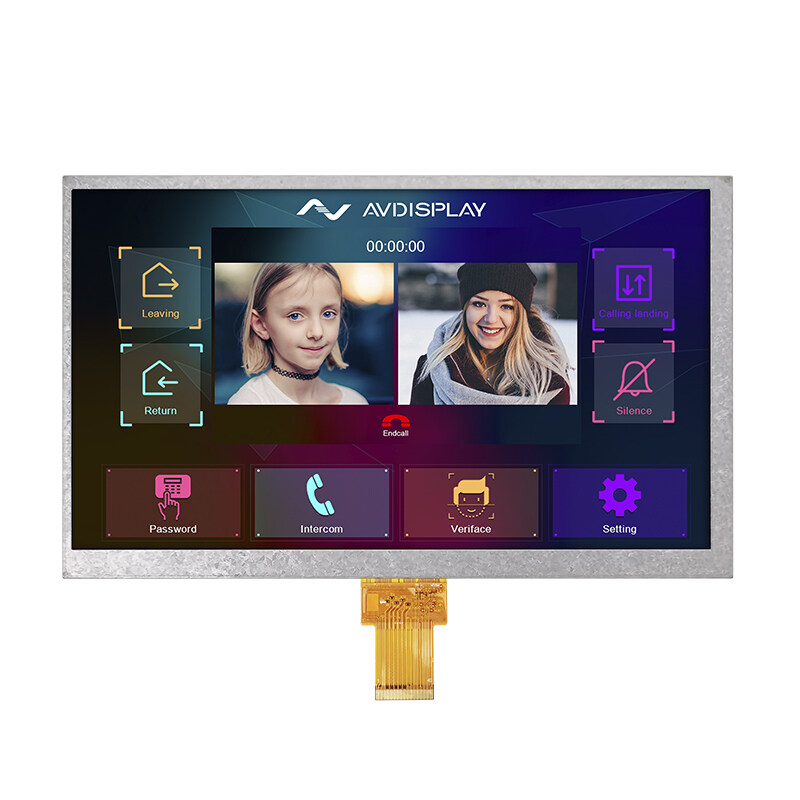Email format error
Email cannot be empty
Email already exists
6-20 characters(letters plus numbers only)
The password is inconsistent
Email format error
Email cannot be empty
Email does not exist
6-20 characters(letters plus numbers only)
The password is inconsistent


Introduction
When it comes to LCD panels, there are various types available on the market, including IPS (in-plane switching), TFT (thin-film transistor), and VA (vertical alignment) panels. Each type has its own unique characteristics and advantages. In this blog post, we will focus on understanding the differences between IPS LCD panels and other LCD panel types.
IPS LCD Panels
IPS LCD panels are known for their superior colour reproduction and wide viewing angles. They use a unique technology that allows the liquid crystals to rotate parallel to the panel, resulting in accurate colour representation and consistent image quality from different viewing angles. IPS panels are commonly used in high-end monitors, smartphones, and tablets.
TFT LCD Panels
WholesaleTFT LCD panels are the most common type of LCD panel used in various electronic devices. They utilise thin-film transistors to control the individual pixels on the screen. TFT panels offer fast response times, making them suitable for applications that require smooth video playback and gaming. However, they may have limited viewing angles and colour accuracy compared to IPS panels.
VA LCD Panels
VA LCD panels are known for their high contrast ratios and deep blacks. They use a vertical alignment technology that allows for better light control, resulting in improved contrast and image quality. VA panels are commonly used in televisions and monitors where deep blacks and high contrast are essential. However, they may have slower response times compared to IPS and TFT panels.

Viewing Angles
One of the key differences between IPS panels and other LCD panel types is the viewing angle. IPS panels offer wide viewing angles, typically around 178 degrees, ensuring consistent colour and image quality even when viewed from extreme angles. On the other hand, TFT and VA panels may exhibit colour shifting and loss of image quality when viewed from off-centre angles.
Colour Accuracy
IPS panels are renowned for their accurate colour reproduction. They can display a wide colour gamut and provide more precise colour representation compared to TFT and VA panels. This makes IPS panels ideal for professionals in graphic design, photography, and video editing, where colour accuracy is crucial.
Response Times
TFT panels generally have faster response times compared to IPS and VA panels. This means that they can display fast-moving content with minimal motion blur, making them suitable for gaming and fast-paced video playback. IPS panels, although slightly slower in response times, have made significant improvements over the years and are now capable of delivering smooth visuals for most applications.
Contrast Ratio
VA panels excel in contrast ratio, offering deep blacks and high contrast levels. This makes them ideal for applications that require a high level of detail in dark scenes, such as watching movies or playing games with rich visual effects. IPS panels, while not matching the contrast levels of VA panels, still provide good contrast performance.
Conclusion
In summary, IPS LCD panels stand out for their wide viewing angles, accurate colour reproduction, and consistent image quality. TFT panels offer fast response times, making them suitable for gaming and fast-paced content. VA panels excel in contrast ratio, providing deep blacks and high contrast levels. Understanding the differences between these LCD panel types can help you make an informed decision when choosing the right display for your specific needs.